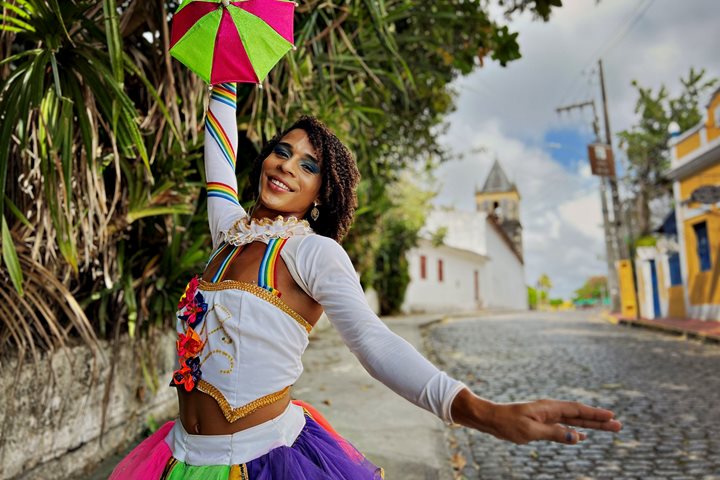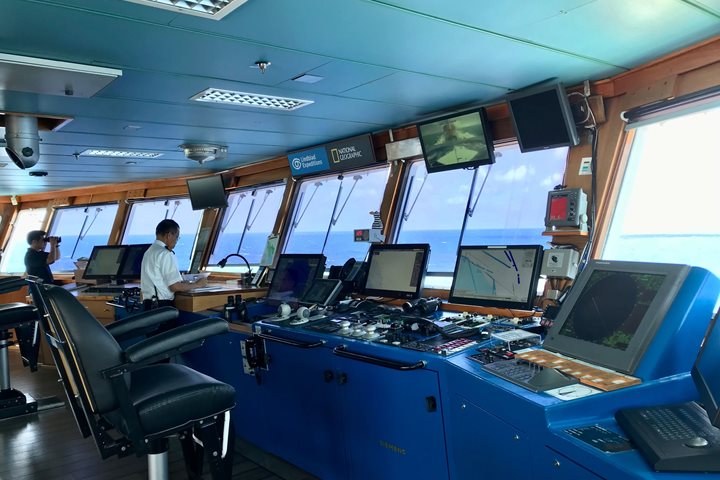Today we had the privilege of immersing ourselves in the wonders of the Essequibo River, nestled in the heart of Guyana. This meandering river stretches over 1,010 kilometers with a history dating back to the late 15th century when it was discovered by Ferdinand Columbus, the son of Christopher Columbus.
Our day began with a sense of anticipation as we embarked on Zodiacs to explore some of the river's enchanting islands. The morning sun cast a warm glow upon the lush, verdant landscape that surrounded us. The towering trees created a magnificent canopy overhead, making us feel like intruders in a pristine wilderness.
As we cruised along the river's course, we were treated to a symphony of nature. The melodious chirping of birds filled the air, and our binoculars were busy capturing glimpses of parrots displaying a riot of colors, graceful turkey vultures soaring on the thermals, and swallows darting through the sky with astonishing agility. However, the highlight of my Zodiac cruise was the beautiful green-backed trogon quietly hiding in the branches of the forest. Its emerald plumage was a sight to behold, a true testament to the rich biodiversity of this region.
After a few captivating hours exploring the river and its islands, we returned to National Geographic Explorer. As we sailed towards Georgetown, our on-board scientists delved into the fascinating world of butterflies and their incredible migrations. Stories of these delicate creatures left us in awe of the intricacies of the natural world.
Our journey was further enriched by a musical performance from our talented musicians hailing from Trinidad. The soothing melodies and rhythmic tunes provided the perfect backdrop to our scenic voyage.;
Today's expedition along the Essequibo River was a deeply personal encounter with the beauty and diversity of our planet. It was a day filled with wonder, knowledge, and the joy of experiencing nature in its purest form—a journey that will forever hold a special place in our hearts.







